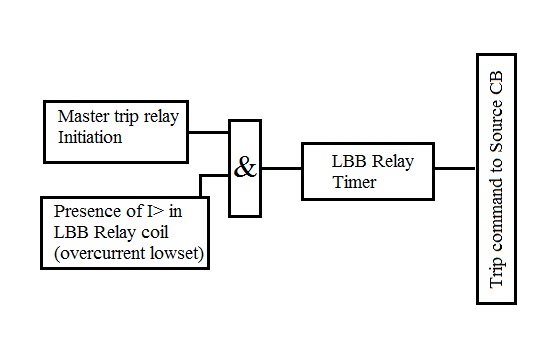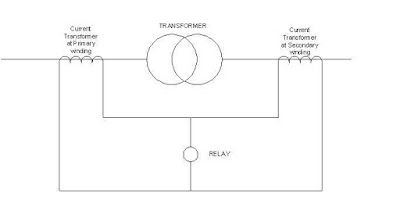Capacitor banks and reactors

Capacitor banks and Reactors We have already discussed the significance of reactive power in a power system, As we know the availability of reactive power depends on the excitation of the alternators.This reactive power can be provided by the generators themselves, through the adjustment of generator excitation, but it is often cheaper to provide it through capacitors, hence capacitors are often placed near inductive loads to inject reactive power.the so called capacitors are mainly of two, static condensers and synchronous condensers. The synchronous condensers have a variable value of VAR which can be varied by the excitation of the synchronous motor and the static capacitors have a fixed value of VAR. The capacitor bank simply means that a group of individual capacitors connected in parallel and series accordingly to the design of the c...


